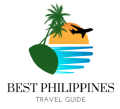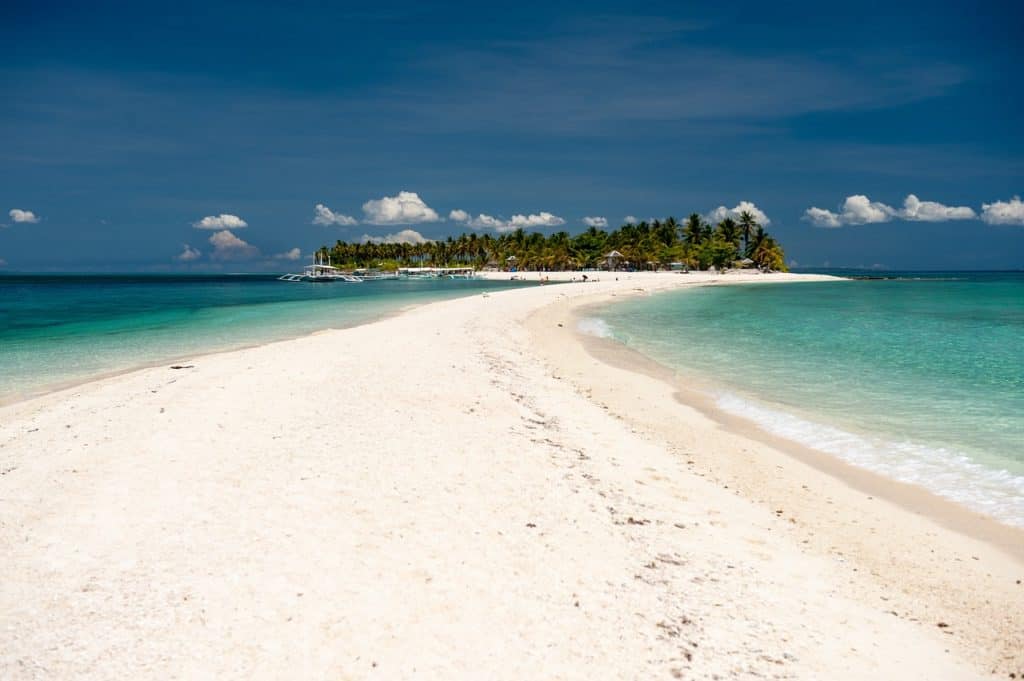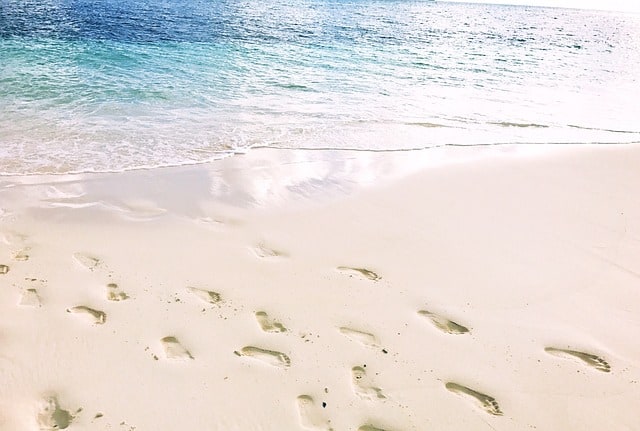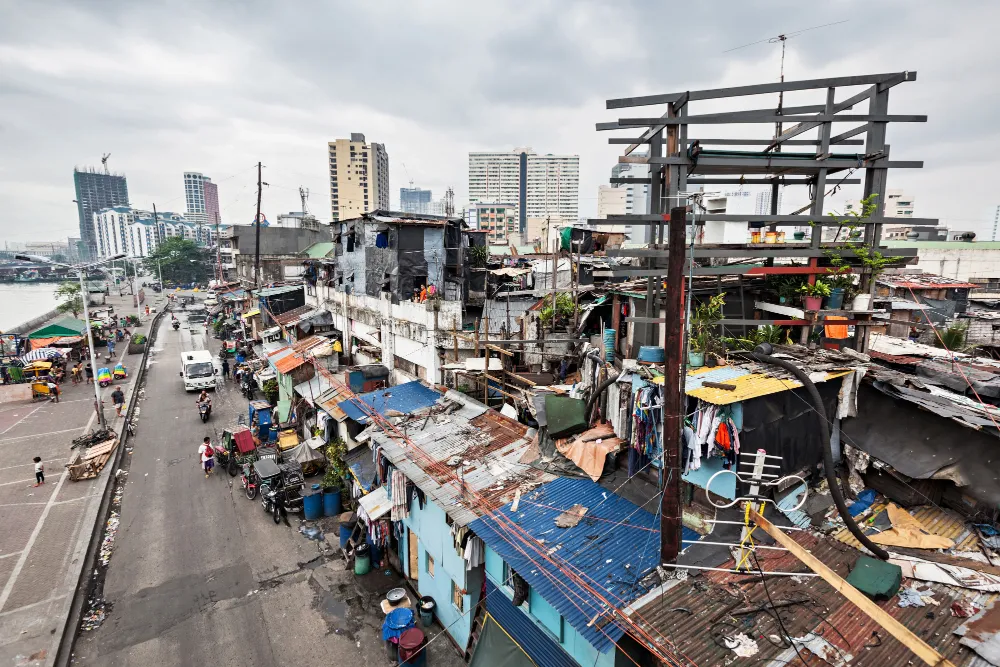
Introduction Manila Philippines
Manila Philippines, Manila, the capital city of the Philippines, is a vibrant metropolis filled with rich history, diverse culture, and endless entertainment. Known as the “Pearl of the Orient,” it is a bustling hub where the old meets the new, offering visitors a unique blend of colonial history and modern urban excitement. Whether you’re a history buff, a foodie, or an adventure seeker, Manila has something for everyone.
A Brief History of Manila
Manila’s history dates back to the 13th century when it was a small settlement by the Pasig River. It became a key trading post before the Spanish arrived in 1571, turning it into the center of colonial rule in the Philippines. The city has witnessed wars, revolutions, and dramatic transformations, shaping it into the diverse and resilient city it is today.
Geography and Climate
Located on the island of Luzon, Manila enjoys a tropical climate with hot and humid weather most of the year. The best time to visit is from November to February when the temperatures are cooler and the rains are minimal.
Top Attractions in Manila
Intramuros: The Walled City
Intramuros is the historic heart of Manila, featuring Spanish-era buildings, cobblestone streets, and iconic landmarks like Fort Santiago and San Agustin Church. A must-visit for history lovers.
Rizal Park: Honoring a National Hero
One of the largest urban parks in Asia, Rizal Park is dedicated to the Philippine national hero, Dr. Jose Rizal. It’s a great place for picnics, relaxation, and learning about Philippine history.
Manila Ocean Park: Fun for the Whole Family
A marine-themed park featuring ocean tunnels, interactive exhibits, and live animal encounters, perfect for families and marine life enthusiasts.
Binondo: The World’s Oldest Chinatown
Experience Chinese-Filipino culture and indulge in delicious authentic Chinese cuisine in the bustling streets of Binondo.
Cultural and Historical Landmarks Manila Philippines
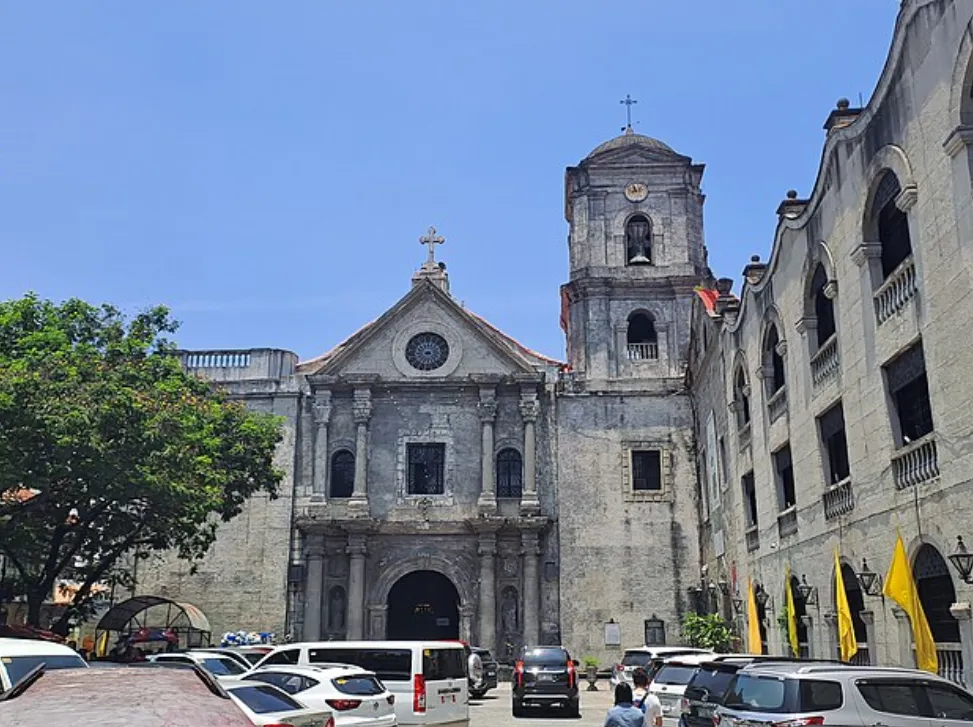
San Agustin Church: A UNESCO Heritage Site
The oldest stone church in the Philippines, known for its stunning Baroque architecture.
Fort Santiago: A Historical Fortress
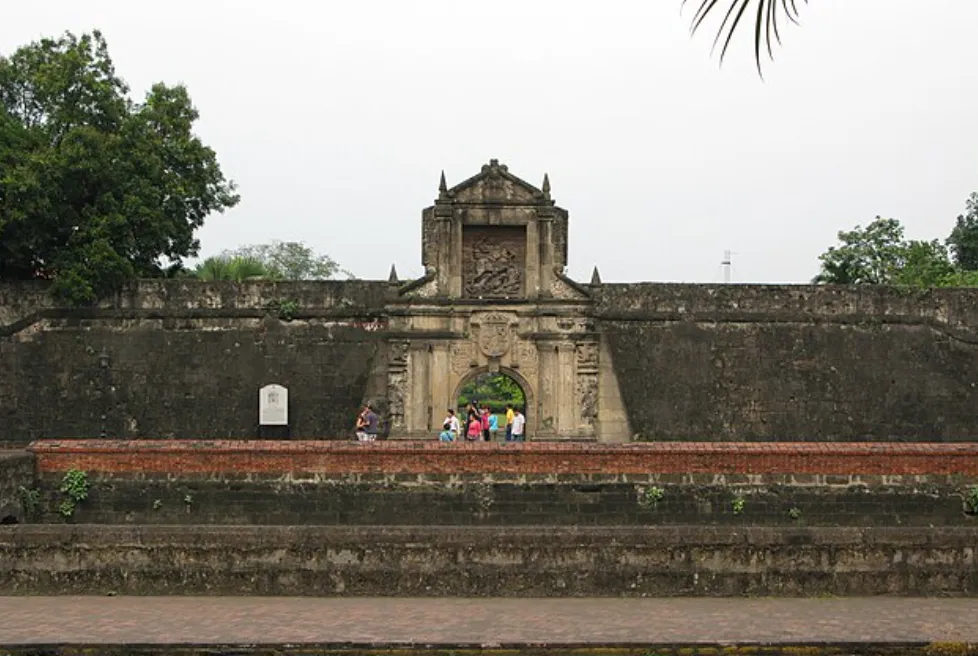
A historical citadel that played a significant role in Manila’s past, once used as a military stronghold.
National Museum Complex
Home to priceless artworks, historical artifacts, and cultural exhibits showcasing the country’s heritage.
Food and Dining in Manila
Manila’s food scene is a mix of traditional Filipino flavors and international cuisines. Must-try dishes include adobo, lechon, sinigang, and halo-halo. Don’t forget to explore the vibrant street food culture, with delicacies like isaw (grilled chicken intestines) and balut (fertilized duck egg).
Nightlife and Entertainment Manila Philippines
Manila comes alive at night with bustling bars, clubs, and karaoke lounges. Makati and Bonifacio Global City (BGC) are hotspots for nightlife, offering everything from rooftop bars to live music venues.
Where to Stay in Manila
From budget-friendly hostels to five-star luxury hotels, Manila offers a wide range of accommodations. Top picks include The Peninsula Manila, Okada Manila, and The Manila Hotel for a luxurious stay.
Conclusion Manila Philippines
Manila is a city that never fails to surprise. Whether you’re here for the history, the food, the culture, or just the sheer adventure, you’ll leave with unforgettable memories. With its mix of the past and the present, Manila is a must-visit destination in Southeast Asia.
FAQs Manila Philippines
1. What is the best time to visit Manila?
The best time to visit is between November and February when the weather is cooler and less humid.
2. Is Manila safe for tourists?
Generally, yes. However, it’s best to stay in well-lit areas, avoid showing valuables, and use official transportation services.
3. What currency is used in Manila?
The currency used is the Philippine Peso (PHP). Most establishments accept credit cards, but it’s good to have cash for small purchases.
4. How do I get around Manila?
You can use jeepneys, taxis, buses, or ride-hailing apps like Grab. The LRT and MRT are also options for avoiding traffic.
5. What is the local language spoken in Manila?
Filipino (Tagalog) is the main language, but English is widely spoken.
Check out also Top Tourist Destinations in the Philippines
You might be also interested Baguio Philippines
Table of Contents
Giovanni Carlo P. Bagayas is a seasoned travel guide and passionate explorer from the Philippines. With years of experience uncovering the hidden gems of his homeland, Giovanni has dedicated his career to showcasing the beauty, culture, and adventure that the Philippines has to offer. As the author of Best Philippines Travel Guide, he combines his expertise and love for travel to provide insightful tips, detailed itineraries, and captivating stories for travelers seeking unforgettable experiences in the Philippines. Giovanni’s mission is to inspire wanderlust and help visitors discover the true essence of his vibrant country.
